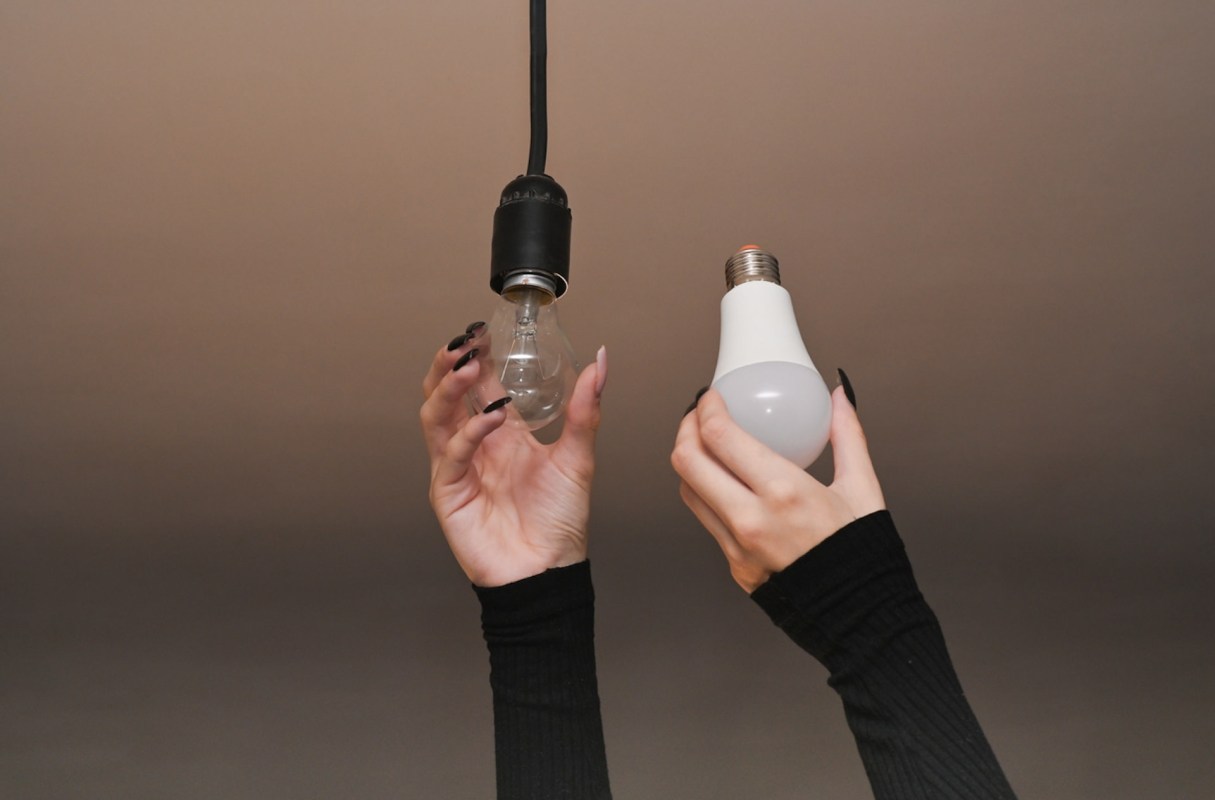If the decision by the Biden administration to phase out incandescent light bulbs and switch to LED bulbs seems like a less-than-bright idea, buckle up. The world is poised to be a better, brighter place without them.
What is the difference between incandescent and LED bulbs?
As detailed by Future Energy Solutions, the main difference between incandescent and light-emitting diode (LED) bulbs is that incandescent lights use a filament that heats up to produce light, while LED lights operate by passing an electric current through a microchip, illuminating tiny light sources called LEDs.
Why are LED bulbs a better idea?
LEDs provide equal, if not better, light levels than incandescent bulbs while using up to 90% less energy, according to the U.S. Department of Energy. Per the DOE, LEDs also last up to 25 times longer than incandescent lights, with a lifespan of 30,000 to 50,000 hours, according to Environment South Africa.
They are safer, too — as the company TCP Lighting, as well as the DOE, explains. The filaments inside incandescent bulbs generate heat, whereas LEDs lack filaments and stay cool to the touch, creating less of a fire and burn hazard.
"This transition is saving people money and reducing our climate impact so it's a win-win," Andrew DeLaski, executive director of the Appliance Standards Awareness Project, told ABC News.
U.S. secretary of energy Jennifer M. Granholm stated, "The lighting industry is already embracing more energy efficient products, and this measure will accelerate progress to deliver the best products to American consumers and build a better and brighter future."
How do LEDs help?
LEDs help both consumers and the environment in a number of ways.
LEDs' much lower energy consumption means big savings on electricity bills, with the DOE saying the move will save Americans almost $3 billion annually.
As for the environment, the DOE projects that switching from incandescent bulbs to LEDs will cut planet-warming carbon pollution by about 245 million tons over roughly the next 30 years. Their low energy consumption reduces the demand on electric power plants, which in turn reduces the amount of dirty energy resources being burned to generate electricity.
Also, because they last longer, LEDs need to be replaced less often, which will keep more bulbs out of landfills and cut down on the total of nearly 300 million tons of trash American households produce per year.
Further, when tossed in the trash instead of being properly recycled, incandescent bulbs leak mercury into the soil, damaging ecosystems. LEDs, on the other hand, do not contain mercury, as the University of Michigan pointed out.
The light from LEDs is also more focused than that from incandescent bulbs, meaning they contribute less to light pollution, per Environment South Africa, which helps to address an issue that has been wreaking havoc on wildlife and coral reefs.
Making the switch to LEDs means a brighter future for both our homes and our home planet.
Join our free newsletter for easy tips to save more, waste less, and help yourself while helping the planet.









